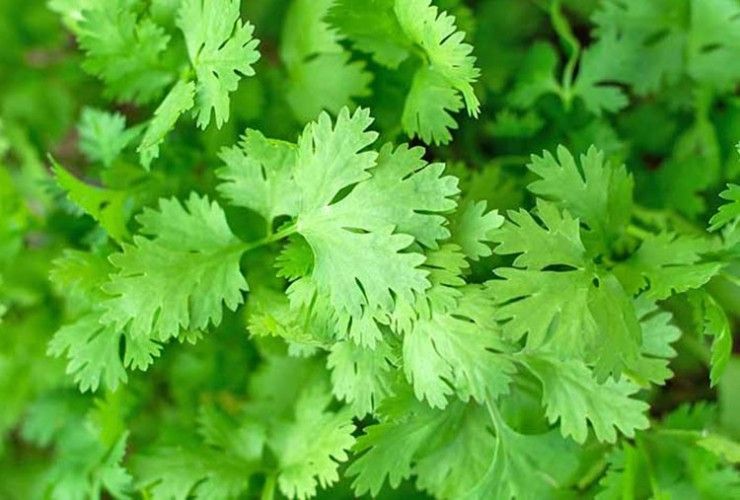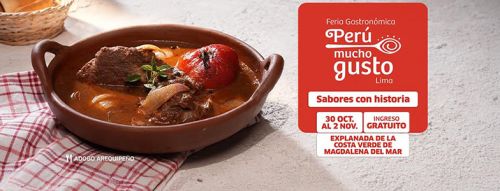Cilantro (Coriandrum sativum), also known as coriander and Chinese parsley, is widely popular in Peru and probably the most used herb in Peruvian cuisine.
Most likely native to the area of southwestern Asia, southern Europe and northern Africa, the herb - as numerous other indispensable ingredients for Peruvian cooking - came to Peru with immigrants. The plant grows up to 50 cm tall and all parts - stems, leaves, flowers, and seeds - are edible.
In Peru only the leaves, which look remarkably like leaf parsley, are called cilantro and sometimes wrongly culantro (Eryngium foetidum) - same family but distinctive long leaves and a stronger aroma. These are used fresh in numerous typical Peruvian dishes such as Seco de carne, green Arroz con Pollo, Lomo Saltado, stews, soups, and salsas such as Salsa verde and Salsa de palta giving meals an aromatic, bold and distinctive fresh and citrusy flavor with a mild spicy, peppery note.
Unfortunately, most probably based on their genetics about 20% of the world’s population can’t smell the homey aroma of fresh cilantro leaves being rubbed between the fingers and only taste a nauseating soapy flavor.
The seeds of the cilantro plant are called coriander in Peru. Crushed or ground they are used as spice giving dishes an aromatic and nutty flavor.
Health benefits of Cilantro
- Even though rarely eaten in large enough amounts to be a significant source, Cilantro contains vitamin A, C, and K, and the leaves also have folate, potassium, and manganese.
- The plant contains enzymes that can reduce blood sugar and cholesterol levels.
- Coriander has anti-inflammatory, analgesic and antioxidant properties boosting our immune system, helping to detoxify our body, reducing symptoms of cognitive illnesses such as Alzheimer’s and Parkinson’s disease, aiding in minimizing cellular aging, sun damage of the skin and skin aging, lowering stress, anxiety, physical and mental fatigue, and depression.
- Additionally, the antimicrobial compounds help with certain infections and foodborne diseases. In Peru, tea prepared with cilantro leaves is used to treat stomach pain, cramps and nausea. The oil extracted from coriander seeds may accelerate and promote a healthy digestion.

































